Red Tide Update
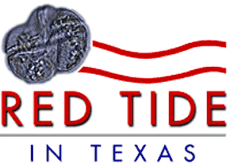
New Update on Red Tide from Texas Parks and Wildlife Department
December 2, 2009
Staff of the UT-Pan American Coastal Studies Lab and Texas AgriLife Extension collected water samples around South Padre Island today. No aerosols were reported at any of the sites. Low numbers of red tide cells were found at the west end of the Queen Isabella Causeway and the north jetty of Brazos-Santiago Pass. No cells were found in water collected from the beach in front of the Coastal Studies Lab, Beach Access 5 or Beach Access 6.
Today’s overflight has been postponed due to weather.
The Gulf of Mexico Coastal Ocean Observing System (GCOOS) website now has an Imaging Flow CytoBot Phytoplankton Gallery. The site features archived and current images as well as information about the study site and the CytoBot.
December 1, 2009
Though no new dead fish have been reported from South Padre Island, red tide cells continue to be found in samples taken from the Brazos-Santiago Pass and the gulf beach near Sandpiper Pavilion.
November 30, 2009
The red tide bloom persists along South Padre Island area beaches. Cell counts have risen and fallen repeatedly in recent weeks, but the bloom has not subsided. Fresh dead fish were reported in the Brownsville Ship Channel on Friday, but upon investigation only old dead fish were found.
Biologists are hopeful that recent rains will begin to dissipate the bloom in the Corpus Christi area.
November 25, 2009
Reports along the Gulf beach continue to come in from South Padre Island. Aerosol irritation have been reported fro Access Road 6 south to Brazos Santiago Pass. An ongoing fish kill has been reported along the affected area dominated by striped mullet.
Patches of discolored water along the Corpus Christi shoreline is confirmed to be Red Tide. A continual near shore patch was observed from the breakwaters of the Corpus Christi Marina to Ropes Park, extending offshore to Swatner Park. Another near shore patch was observed in Corpus Christi Bay along the TAMU-CC shoreline and confluence of Oso Bay. Light aerosol irritation was observed at Ropes Park and TAMU-CC. One Small fish kill was observed at Ropes Park dominated by striped mullet.
Reports of fish kills associated with red tide continue to be investigated in the Lower Laguna Madre. Reports include kills near the East cut of Mansfield Pass, the western shoreline near the land cut, the southern shoreline from Holiday beach to Laguna vista. All kills in the Lower Laguna Madre continue to be dominated by striped mullet, followed by hardhead catfish.
November 23, 2009
Red tide was observed along the northern shore of Nueces Bay approximately 3 miles west on the Portland Causeway near Corpus Christi.
An area of discolored water was observed along the shoreline of Corpus Christi from the Corpus Christi Ship Channel to Dodridge Park, and the mouth of Oso Bay into Corpus Christi Bay. TPWD biologists will be collecting samples to determine if the discolored water in red tide. No fish kills were observed.
Light aerosol is present on South Padre Island from the Brazos Santiago Pass to Access Road 6. A fish kill was observed along the shoreline consisting of mullet, ladyfish, hardhead catfish, YOY sandtrout, and crabs started washing ashore this morning.
Fish kills attributed to red tide in the Lower Laguna Madre included a small kill located along the shoreline from landcut south to Port Mansfield. Larger fishkill consisting mainly of large stripped mullet was investigated 5 miles south of Port Mansfield. No discolored water reported for this area, however light aerosol was experience briefly at one location.
November 20, 2009
TPWD has received a report this morning of dead mullet washing up along the beaches of South Padre Island. Biologists will investigate. Water samples collected yesterday from the Brazos-Santiago Pass and the west end of the Queen Isabella Causeway contained low levels of cells. Moderate to high levels of cells were found in samples collected along the gulf beaches of Isla Blanca Park and those beaches north of town near access roads 5 and 6. On Wednesday, red tide cells were found along the south shore of Bahia Grande, at the Port of Brownsville boat ramp and in the Brownsville Ship Channel.
November 18, 2009
Red tide continues to be found at two locations on the Texas coast: Corpus Christi Bay and the South Padre Island area. TPWD has received no recent reports of impacts to gulf beaches with the exception of those near South Padre Island and Boca Chica.
A band of red tide approximately 150 yards wide was observed along the south shoreline of Corpus Christi Bay today. In addition, the Texas General Land Office documented a fish kill occurring at the Corpus Christi Inner Harbor. Gulf toadfish were the most abundant species found, along with lookdown, grunt, pinfish, hardhead hatfish, snapper, moonfish, and mullet. Water samples confirmed relatively high concentrations of red tide cells.
Though cell counts are again on the rise, no complaints of aerosol were received today from the Lower Laguna Madre and South Padre Island areas. However, discolored water and a large fish kill were found at the end of the Brownsville ship channel by a Texas Sea Grant biologist. The dead fish were not fresh and are thought to have been dead for 2-3 days. Red tide cells were found in water samples collected from the area of the fish kill.
November 17, 2009
TAMU’s Imaging Flow CytoBot continues to record low numbers of cells at the Port Aransas jetties. No fish kills or aerosols have been reported to TPWD from the Port Aransas area.
Four sites around the South Padre Island area were sampled yesterday. Low concentrations of Karenia brevis cells were found at the west end of the Queen Isabella Causeway, the north side of Brazos-Santiago Pass and Isla Blanca Park near the UT-Pan American Coastal Studies Lab. Higher concentrations were sound along the south shore of Bahia Grande.
November 16, 2009
TPWD investigated a report of dead fish in Oso Bay on Monday. Initial indications were that the fish had been blown in from Corpus Christi Bay. No discolored water or aerosols were reported from the Ocean Drive area today.
A new fish kill consisting of mostly 10- to 14-inch mullet occurred along Boca Chica beach today. Fish densities on the beach, along with red tide cell concentrations, are highest near the south side of Brazos-Santiago Pass and decrease as you move south past Highway 4. High concentrations of red tide cells were also found at the UT-Pan American Coastal Studies Lab in Isla Blanca Park on South Padre Island. Lower cell concentrations were found at the Isla Blanca Park boat ramp and the north side of the Brazos-Santiago Pass.
Be sure to check out their site for older reports.
Category: Fish Kill, Gulf Coast Report






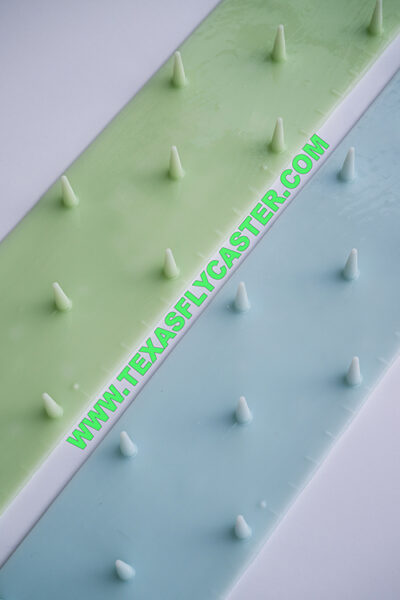



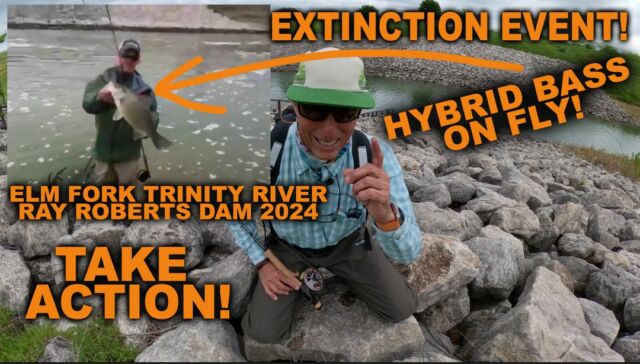
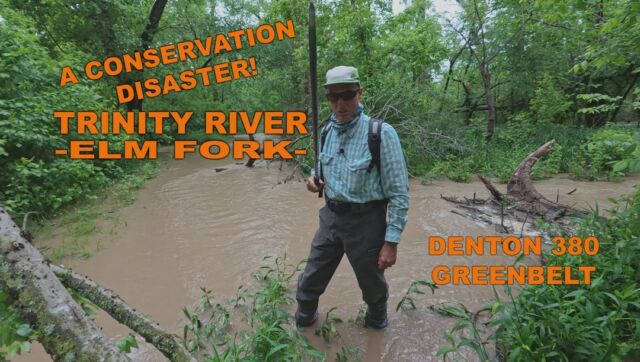
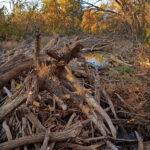
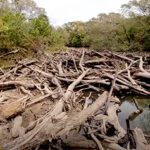

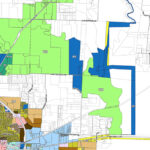

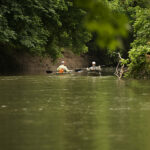
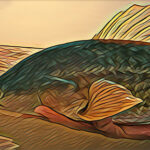
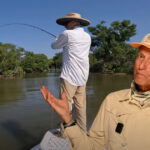
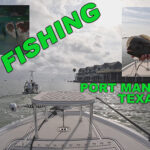
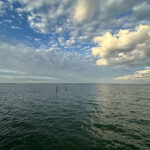
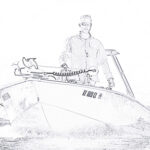
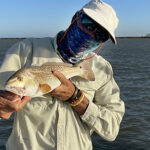
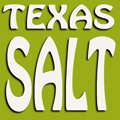
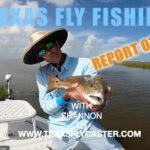
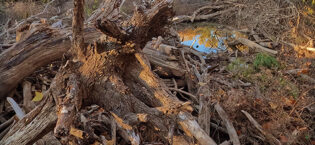
December 18, 2009
This week began with no reports of red tide-related fish kills. By Thursday, dead mullet had begun to be seen at locations around Corpus Christi Bay, including the Texas State Aquarium, Ropes Park and Cole Park. High cell concentrations were found in the water near the Aquarium.
South Padre Island has seen a decline in cell counts recently. No cells were seen in the water samples collected Wednesday from the Queen Isabella causeway at Port Isabel or the gulf beach at the UT-Pan American Coastal Studies Lab. Low cell concentrations were found inside Brazos-Santiago Pass.
December 15, 2009
Red tide continues to kill fish in Corpus Christi Bay. Birds were seen feeding today in front of Texas A&M-Corpus Christi and dead mullet were found near the Texas State Aquarium. Low concentrations of red tide cells were found over the weekend at the Port Aransas jetties by TAMU’s Imaging Flow CytoBot.
UT-Pan American and Texas Sea Grant staff have been conducting daily red tide monitoring around the South Padre Island area. The past four days’ efforts have found consistent low cell counts at their three sampling sites: the Queen Isabella Causeway at Port Isabel, inside Brazos-Santiago Pass, and the gulf beach in front of the UT-Pan American Coastal Studies Lab.
No aerosol effects have been reported from anywhere along the Texas coast.
http://www.tpwd.state.tx.us/landwater/water/environconcerns/hab/redtide/status.phtml
Let me know if there are any questions out there and I will contact the spotters. Getting ready for more snow here in North Texas tomorrow.